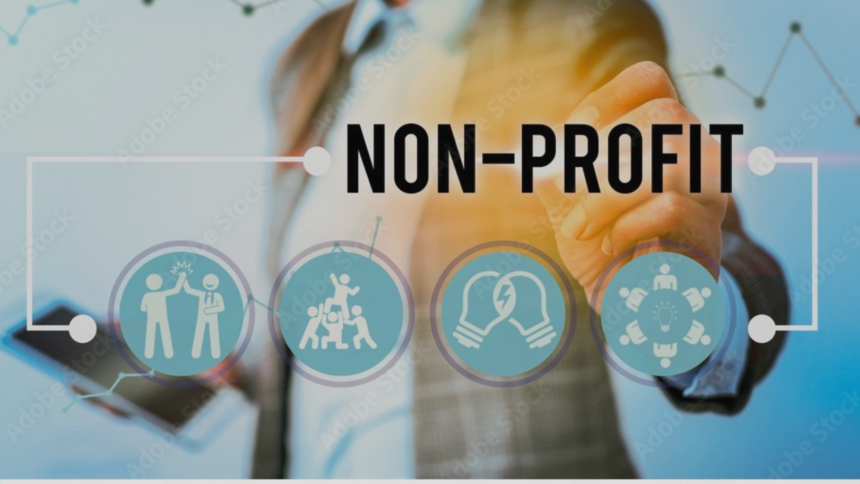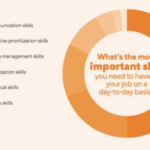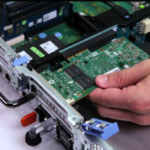Covid-19 created cascades of shortages, disruptions, and issues that rolled downhill and landed in probably the most weak neighborhoods. In these neighborhoods, it’s usually nonprofit organizations that present companies to members of the group. Whereas the pandemic accelerated the necessity for digital transformation all through the financial system, the nonprofit sector was not proof against the necessity for almost in a single day innovation. As specialists on the usage of expertise for social good, we’ve noticed the various ways in which nonprofits have been adopting “sensible tech” to additional social change within the wake of the pandemic, which we chronicle in our upcoming e-book, The Good Nonprofit.
We use “sensible tech” as an umbrella time period for superior digital applied sciences that make choices for folks. It consists of synthetic intelligence (AI) and its subsets and cousins, resembling machine studying, pure language processing, sensible types, chatbots, robots, and extra.
The usage of sensible tech by social service companies and different nonprofits exploded through the pandemic. For instance, meals banks deployed robots to pack meals; homeless companies companies used chatbots to present authorized and psychological well being recommendation; and fundraising departments turned to AI-powered software program to establish potential donors.
Taking up Digital Transformation
Transferring your organization ahead within the wake of the pandemic.
When the pandemic started and colleges switched to distant studying, many college students who relied on college lunches weren’t in a position to obtain them. Right here’s the place nonprofits stepped in to make use of sensible applied sciences for social good. For instance, researchers at Carnegie Mellon College used machine studying to flip the system on its head; as an alternative of utilizing buses to ship youngsters to varsities, new bus routes had been created to deliver meals to youngsters within the Pittsburgh space in probably the most environment friendly approach.
The usage of chatbots to offer assist and ship companies to weak populations elevated tremendously through the pandemic. As an illustration, the Rentervention chatbot was developed by the authorized assist nonprofits in Illinois to assist tenants navigate eviction and different housing points they had been experiencing resulting from Covid-19. It additionally directs renters to professional bono authorized recommendation.
At many nonprofits, sensible tech is turning into built-in into inner workflows, fundraising, communications, finance operations, and repair supply efforts. Good tech is presently greatest used for rote duties in nonprofit organizations, resembling reconciling expense studies and answering the identical questions on-line utilizing a chatbot (e.g. “Is my contribution tax-deductible?”) — liberating up workers to give attention to different actions. We name this profit the “dividend of time,” which can be utilized to, say, cut back workers burnout, get to know purchasers on a deeper, extra human stage, and give attention to deeper societal adjustments that must be made, resembling addressing the basis causes of homelessness along with serving homeless folks. For instance, when Covid-19 hit, Medical doctors With out Borders/Médecins Sans Frontières (MSF), the worldwide humanitarian group devoted to offering medical care to folks in misery, created a web-based chatbot to reply widespread questions in regards to the pandemic. This freed up workers to reply to an enormous improve in conversations inside their social media group round psychological well being, anxiousness, and different well-being points.
The event of expertise usually putters alongside quietly till an inflection level is reached, the place the price of the expertise instantly decreases whereas its business functions improve. This adoption course of is commonly drawn within the form of a hockey stick. We’re sitting on the heel of that stick proper now as the usage of sensible tech has begun to skyrocket. And as increasingly nonprofits use sensible tech, nonprofit leaders might want to have their eyes vast open about each the advantages and the dangers of utilizing new sensible applied sciences.
Folks have a tendency to think about the work achieved by computer systems and robots as incapable of being swayed by feelings, and subsequently incapable of being biased or sexist or unfair. Nevertheless, the code that powers sensible tech was sooner or later created by folks, and carries ahead their opinions, assumptions, and biases — whether or not implicit or express. Because the famend knowledge scientist Cathy O’Neil says, “Algorithms are opinions embedded in code.” We name the bias created within sensible tech techniques embedded bias. There are two essential causes embedded bias is prevalent. First, programmers, who proceed to overwhelmingly be white males, make actually 1000’s of decisions beneath the hood of sensible tech that the remainder of us can’t see. Second, sensible tech requires large knowledge units to be taught to acknowledge patterns and make choices.
Many giant knowledge units in social service areas like housing or hiring had been racist by design. In utilizing these knowledge units to show “sensible tech” matching patterns, organizations had been unwittingly paying ahead historic racism. As soon as bias is baked into sensible tech, not solely is it prone to keep there without end; it turns into self-reinforcing because the tech system appears to be like for a similar patterns over time.
Making strategic choices about when and easy methods to use sensible tech is subsequently a management problem, not a technical drawback. There are penalties to automating techniques and processes that vary from dropping the power to make judgement calls (e.g. giving uncommon job candidates an opportunity) to introducing flat out bias towards folks of shade (e.g. threat evaluation instruments utilized by judges and parole boards rating black defendants at a lot increased threat for recidivism than white defendants). Nonprofit leaders must make a pledge to “do no hurt” utilizing sensible tech and to not await one thing dangerous to occur earlier than in search of warning indicators. We name the nonprofit organizations which are utilizing sensible tech responsibly “sensible nonprofits.” The type of management required to steer these organizations is:
Human-Centered: These leaders take a human-centered strategy to adopting new expertise by discovering the candy spot between folks and sensible tech, whereas guaranteeing that persons are at all times answerable for the expertise.
Ready: These leaders should actively cut back bias embedded in sensible tech code and techniques. A considerate, participatory course of is required to pick out values-aligned techniques, distributors, and consultants.
Educated and Reflective: These leaders make studying about what sensible tech is and what it does an ongoing course of within the boardroom, the C-suite, and among the many workers. As soon as automated techniques are in place, leaders must be vigilant about whether or not the expertise is performing as supposed, or whether or not unintended penalties have arisen, and the way purchasers and finish customers finally really feel in regards to the techniques.
Whereas sensible tech helped scores of nonprofits to pivot to instantly distant and digital supply of applications and companies in the beginning of the pandemic, it could additionally allow us to show the web page on an period of frantic busyness and shortage mindsets to 1 through which nonprofit organizations have the time to assume and plan — and even dream. We’ve a once-in-a-generation alternative to remake work and give attention to social change, and it requires folks and organizations who’re considerate and educated about the usage of sensible tech.









